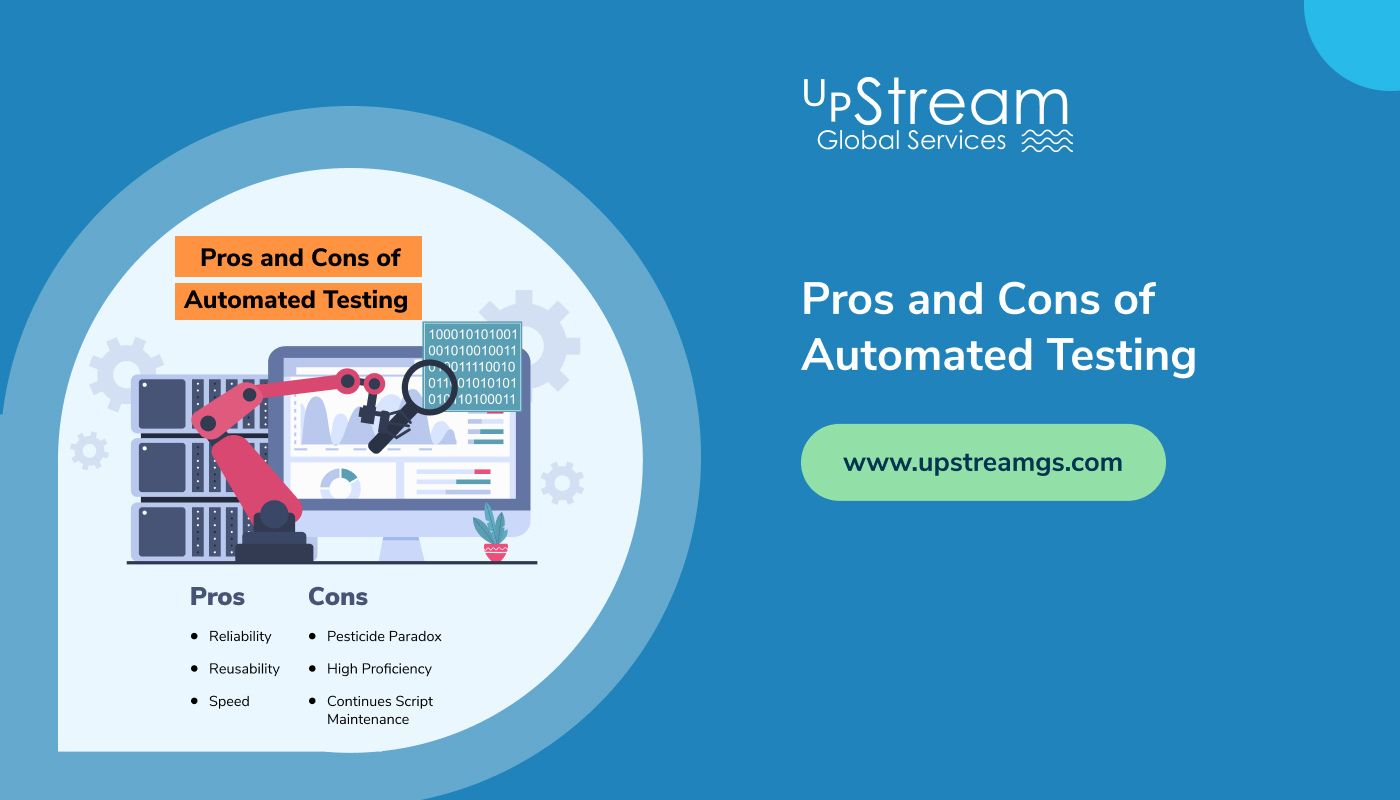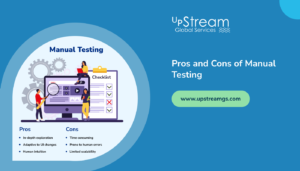Automated testing has become an indispensable part of modern software development processes. As software projects grow in complexity, the need for efficient and effective testing methods has escalated. Automated testing offers a solution, but like any technology, it comes with its own set of advantages and disadvantages.
In this blog post, we will delve into the pros and cons of automated testing to provide a balanced view of its impact on software development.
Pros of Automated Testing
Automated testing offers a multitude of advantages that contribute to enhanced software quality and streamlined development processes. Here are the key pros of automated testing:
- Efficiency and Speed
Automated testing can execute thousands of complex test cases in a fraction of the time it would take a human tester. This speed allows for quicker feedback loops, enabling developers to identify and rectify issues promptly, which ultimately accelerates the software development lifecycle.
- Reusability
Once created, automated test scripts can be reused across different versions of the software or in other projects with similar functionalities. This reusability not only saves time but also ensures consistency in testing, reducing the chances of human error.
- Cost-effective
While there’s an initial investment required for setting up automated testing frameworks, in the long run, it proves to be cost-effective. Automated tests reduce the need for manual testing, which can be labor-intensive and expensive, especially for large-scale projects or those with frequent updates.
- Increased Test Coverage
Automated tests can cover a broad range of scenarios, including edge cases and negative testing, which might be overlooked in manual testing due to time constraints. This comprehensive coverage ensures that the software is robust and reliable under various conditions.
- Increased Collaboration Between Developers
Automated testing encourages collaboration between developers, testers, and other stakeholders by providing a shared platform to view and analyze test results, identify defects, and track progress. This collaborative approach fosters a culture of teamwork and communication, leading to improved software quality and faster problem resolution.
- Continuous Testing
With the integration of automated testing into Continuous Integration/Continuous Deployment (CI/CD) pipelines, developers can ensure that the code changes made are not breaking existing functionalities. This continuous testing approach fosters a culture of quality and agility in software development teams.
- Improved Scalability
Automated testing can easily scale to accommodate growing software projects and evolving testing requirements. Whether it’s adding new test cases, integrating with other tools, or adapting to changes in the application, automated testing frameworks offer the flexibility and scalability to meet the dynamic needs of modern software development.
Cons of Automated Testing
Let’s discuss the disadvantages of automated testing:
- Initial Setup Cost
Implementing automated testing requires a significant initial investment in terms of time, resources, and expertise. Organizations need skilled professionals to design, develop, and maintain the test scripts, which can be challenging and costly.
- Maintenance Overhead
As software evolves, automated test scripts require regular updates to remain relevant and effective. Any changes in the application’s functionality or user interface can break existing test scripts, necessitating continuous maintenance and updates.
- Limited Human Judgment
Automated tests are designed to follow predefined scripts and cannot replicate the nuanced judgment and intuition of human testers. Some issues, especially those related to user experience, usability, and visual aspects, might be better identified through manual testing.
- False Positives/Negatives
Automated tests can sometimes produce false positives or negatives, leading to incorrect test results. These false readings can be misleading and may require additional time and effort to investigate and rectify, thereby defeating the purpose of automation.
- Inability to Replace Manual Testing Completely
Despite its numerous advantages, automated testing cannot entirely replace manual testing. Some types of testing, such as exploratory testing, usability testing, and user acceptance testing, require human intervention to assess the software from a user’s perspective comprehensively.
Conclusion
Automated testing offers a plethora of benefits in terms of efficiency, speed, reusability, and test coverage, making it an invaluable tool in the software development arsenal. However, organizations must be mindful of the challenges associated with initial setup, maintenance overhead, limited human judgment, false positives/negatives, and the inability to replace manual testing entirely.
By understanding the pros and cons of automated testing and striking the right balance between automated and manual testing, organizations can maximize their testing efficiency and deliver high-quality software products that meet user expectations and business objectives.







